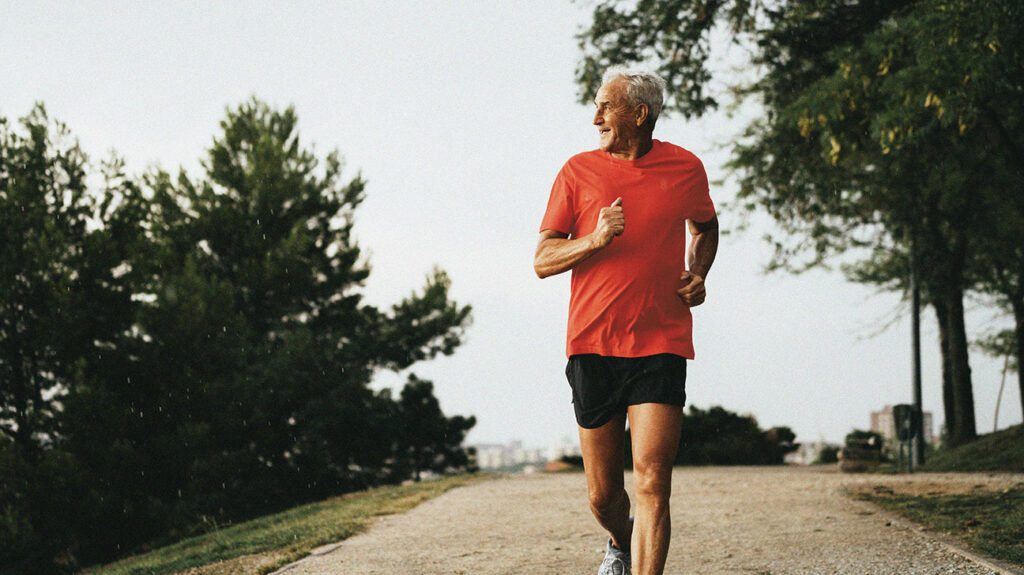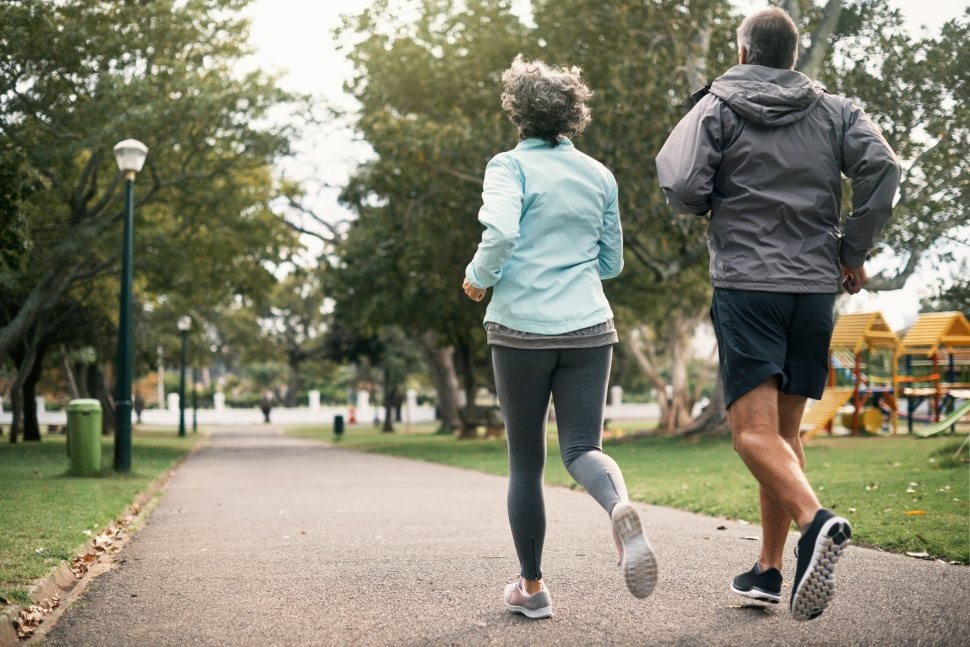Running News Daily
Running News Daily is edited by Bob Anderson. Send your news items to bob@mybestruns.com Advertising opportunities available. Train the Kenyan Way at KATA Kenya and Portugal owned and operated by Bob Anderson. Be sure to catch our movie A Long Run the movie KATA Running Camps and KATA Potato Farms - 31 now open in Kenya! https://kata.ke/
Index to Daily Posts · Sign Up For Updates · Run The World Feed
Want Stronger Bones? Running Builds Bone Strength
In the constant battle for health and longevity, you’ve got to take care of your bones. After all, they’re a major factor in keeping you upright and moving. Unfortunately, as you age, bone density can decrease and lead to osteoporosis. Before things get that far, there’s a lot you can do to ensure your bones stay strong for years to come.
According to the NIH Osteoporosis and Related Bone Diseases National Resource Center, weight-bearing and resistance exercises are great for your bones. This includes walking, running, climbing stairs, playing sports and lifting weights.
A study out of the University of Missouri looked at the bone density of men ages 25–60. After one year of performing high-impact exercises, the men experienced new bone growth. Basically, high-impact exercise caused the bones to adapt, become stronger and repair themselves, which included the formation of new bone tissue.

On the other hand, activities like cycling and swimming — while excellent for cardiovascular health — might not be doing your bones any favors.
Per a recent study from the Norwegian School of Sport Sciences, elite-level road cyclists had worse bone density than runners. When comparing middle-distance and long-distance runners with the cyclists, researchers noticed the cyclists had lower bone mineral density across the board — males and females alike. More than half of the cyclists were actually classified as having low overall bone density per criteria set forth by the American College of Sports Medicine.

In fact, even though cycling is great for your heart and lungs, the bones in cyclists don’t show much difference from the bones of people who do not exercise. To address this problem, researchers suggest combining cycling with resistance training.
Running puts significant stress on your bones. This isn’t news to anyone who’s experienced sore knees or ankles after pounding the pavement. But as we’ve seen from the above studies, this pounding isn’t necessarily a negative thing, and it can actually be very beneficial.
Depending on your speed and gait, distance running can put up to three times your bodyweight on your bones and joints with each step. If you’re sprinting, that number can increase to seven times your body weight, according to the book “Build Your Running Body.” That adds up. If you’re overdoing it — or unlucky — such gravitational force can lead to shin splints and stress fractures. But each time your bones are subjected to this force, they also have an opportunity to change and improve.
Just as your muscles break down during exercise and then repair themselves, coming back bigger and stronger than before, so do your bones. One study even found sprinters (and tennis players) have 23% greater bone mass than people who don’t exercise. Another study found sprinters have 10–14% more bone mineral density in their hips.
The American Academy of Orthopedic Surgeons says most people begin to lose bone mass at around 40 years old. However, if you take the right steps — like going running, which involves taking many steps — you can slow that loss and even build new bone. All that extra bone comes in handy as you age.
by Mapmyrun
Login to leave a comment




